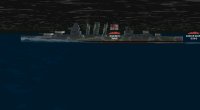
Force H
|
Around the 20th of November 1939 the Admiral Graf Spee on it's way around the Horn of Africa , was hunted by two British cruisers in Force H. One day in heavy seas they meet. The British crews are tired from the steady long watches they have kept, the Germans rested before heading back into the Atlantic.
|

by Grant Michaud
|

Force Z
|
When the British Force Z operated against the Japanese invasion fleets in South East Asia, those forces were protected by several Japanese battlecruisers and heavy cruisers. This "What-If" sets up a possible engagement between the complete British Far East fleet and the Japanese Cover Force.
|

by Michael Emmerich
|
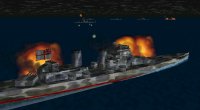
Force Z - The last night
|
On December 11th 1941, the British battleship Prince of Wales and the battlecruiser Repulse were sunk by Japanese torpedo bombers. The Prince of Wales was crippled in a first attack wave and deadly hit in a second wave 50 minutes later. After 50 other minutes the ship went down. The Repulse was hit by 5 torpedoes in the second wave - and it only took 11 minutes until the battlecruiser capsized and sunk.
In the night before the battle, the British ships passed a Japanese cruiser fleet at only 5000 yards distance, but no side did see the other. This scenario recreates this night engagement.
|
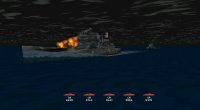
by Michael Emmerich
|

Guadalcanal - The Battlecruisers
|
On the night from the 12th to the 13th of November 1942, the Japanese send a strong bombardment force to Guadalcanal to shell Henderson Field. The force consisted of the two battlecruisers Hiei and Kirishima, covered by several destroyers and a CL. When they were detected by the US defence force of five cruisers and their destroyer escorts, the American ships tried to "cross the T", but this maneuver failed. The USN ships sailed directly into the Japanese formation and one of the most bloddy, short range sea battle took place.
|
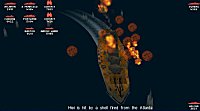
by Grant Michaud
|
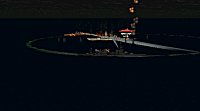
Guadalcanal Action
|
A hypothetical scenario in the waters of the Solomon Islands. At night an American and Japanese Task Force engage in a furious night battle.
|
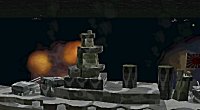
by Steve J. Hummel
|
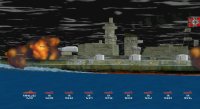
HX106
|
Between January and March 1941, the German Battlecruisers Scharnhorst and Gneisenau made their successful North Atlantic operation called "Operation Berlin" . On February 3rd, they sighted the convoy HX106, protected by the old battleship Ramilles. As the German ships had the strict order not to attack convoys protected by heavy British units, they had to disengage.
|
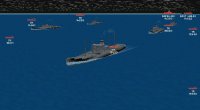
by Grant Michaud
|

First Battle of Narvik
|
On 10 April 5, 1940, 5 British destroyers under Capt. Warburton-Lee sail into the Norwegian port of Narvik and deliver a surprise attack on the German warships and transports there. 2 German destroyers were sunk, as well as several transports, at the cost of 2 British DDs. This daring attack earned Warburton-Lee a posthumous Victoria Cross.
|
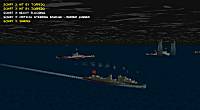
by Robert Schoneman
|















